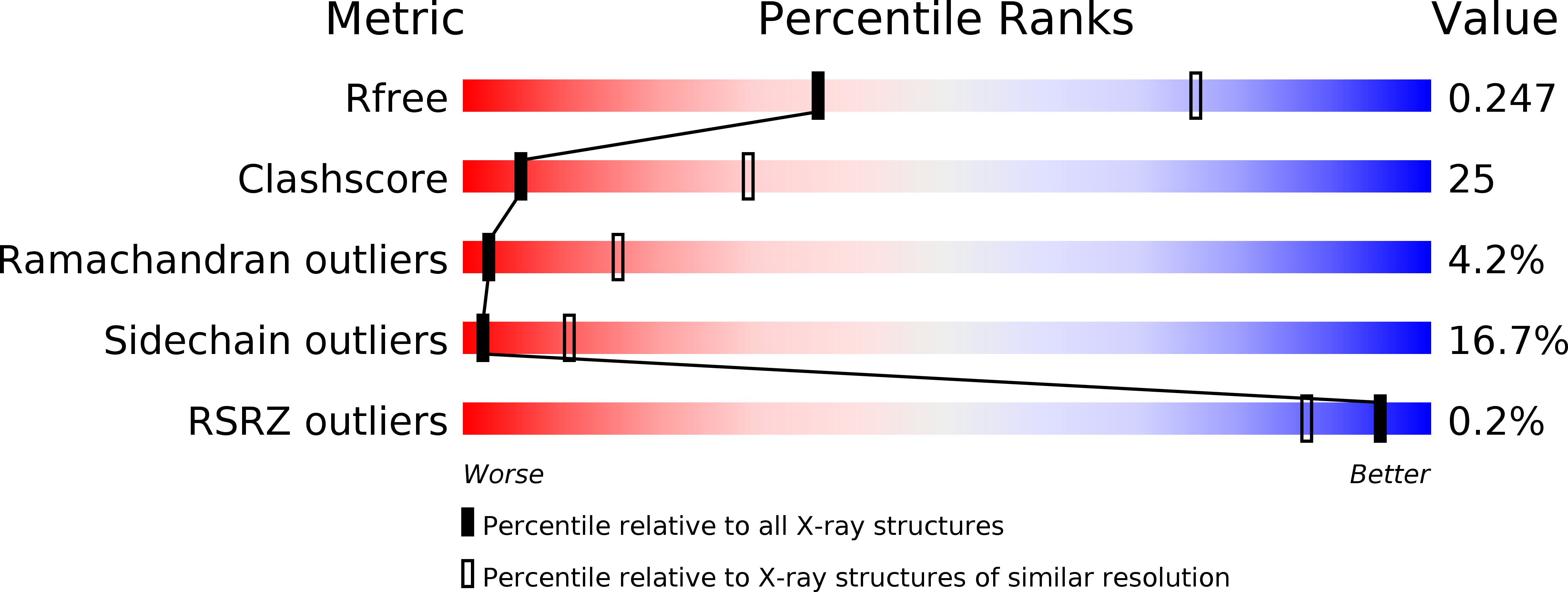
Deposition Date
2010-04-28
Release Date
2010-05-26
Last Version Date
2024-11-06
Entry Detail
PDB ID:
2XD1
Keywords:
Title:
ACTIVE SITE RESTRUCTURING REGULATES LIGAND RECOGNITION IN CLASS A PENICILLIN-BINDING PROTEINS
Biological Source:
Source Organism:
STREPTOCOCCUS PNEUMONIAE (Taxon ID: 171101)
Host Organism:
Method Details:
Experimental Method:
Resolution:
3.00 Å
R-Value Free:
0.24
R-Value Work:
0.16
R-Value Observed:
0.17
Space Group:
P 21 21 21


